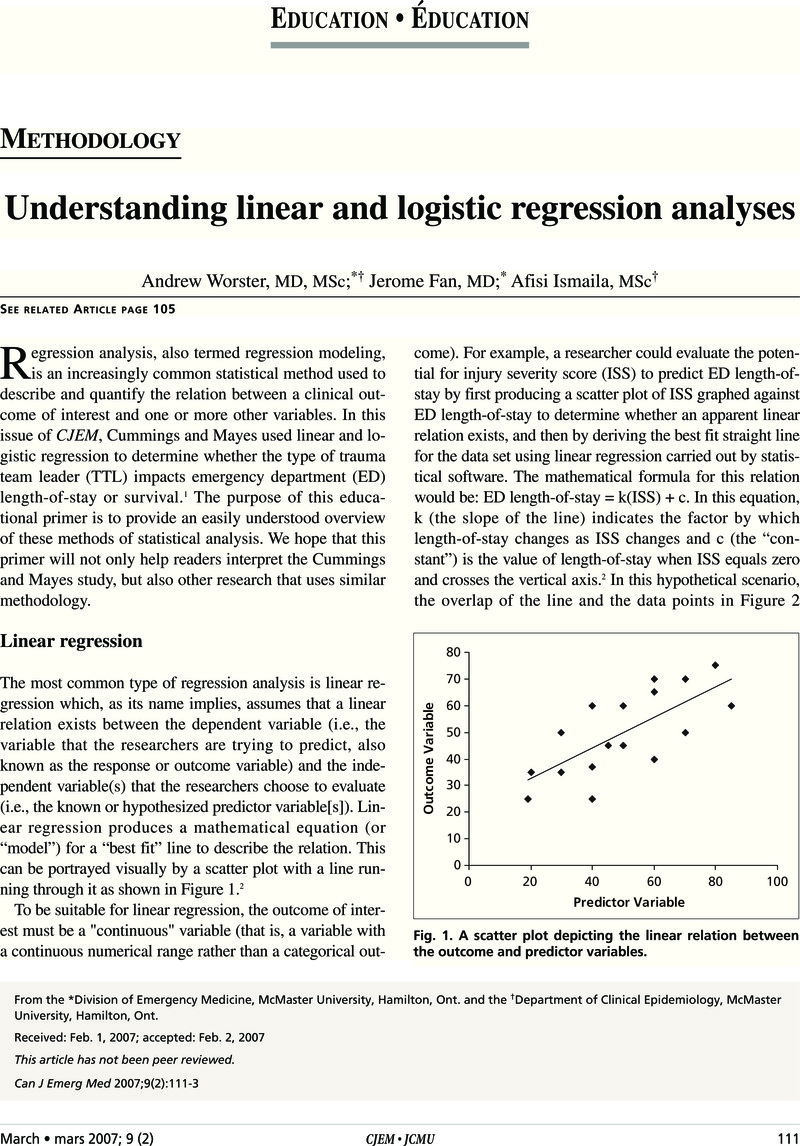Crossref Citations
This article has been cited by the following publications. This list is generated based on data provided by Crossref.
Baker, W. L.
Michael White, C.
Cappelleri, J. C.
Kluger, J.
and
Coleman, C. I.
2009.
Understanding heterogeneity in meta-analysis: the role of meta-regression.
International Journal of Clinical Practice,
Vol. 63,
Issue. 10,
p.
1426.
Martin, N.H.
Ranieri, M.L.
Murphy, S.C.
Ralyea, R.D.
Wiedmann, M.
and
Boor, K.J.
2011.
Results from raw milk microbiological tests do not predict the shelf-life performance of commercially pasteurized fluid milk.
Journal of Dairy Science,
Vol. 94,
Issue. 3,
p.
1211.
Lopez, Yvette P.
Lavan, Helen
and
Katz, Marsha
2013.
Whistleblowing in Organizations: A Logit analysis of Litigated Cases.
Journal of Workplace Rights,
Vol. 17,
Issue. 3-4,
p.
283.
Kapoor, Kawaljeet
Dwivedi, Yogesh K.
and
Williams, Michael D.
2013.
Grand Successes and Failures in IT. Public and Private Sectors.
Vol. 402,
Issue. ,
p.
203.
Wang, Panchalli
Lu, Mei-Chun
Yu, Cheng-Wei
Yan, Yuan-Horng
and
Siribaddana, Sisira
2014.
Influence of the Time of Day and Fasting Duration on Glucose Level following a 1-Hour, 50-Gram Glucose Challenge Test in Pregnant Women.
PLoS ONE,
Vol. 9,
Issue. 11,
p.
e112526.
Banchani, Emmanuel
and
Tenkorang, Eric Y.
2014.
Occupational Types and Antenatal Care Attendance Among Women in Ghana.
Health Care for Women International,
Vol. 35,
Issue. 7-9,
p.
1040.
Anghel, Diana
Anghel, Radu
Corciova, Flavia
Enache, Mihail
and
Tinica, Grigore
2014.
Preoperative Arrhythmias Such as Atrial Fibrillation: Cardiovascular Surgery Risk Factor.
BioMed Research International,
Vol. 2014,
Issue. ,
p.
1.
Nesterova, Galina
Williams, Caitlyn
Bernardini, Isa
and
Gahl, William A.
2015.
Cystinosis: renal glomerular and renal tubular function in relation to compliance with cystine-depleting therapy.
Pediatric Nephrology,
Vol. 30,
Issue. 6,
p.
945.
Boateng, Godfred Odei
Luginaah, Isaac N.
and
Taabazuing, Mary-Margaret
2015.
Examining the Risk Factors Associated With Hypertension Among the Elderly in Ghana.
Journal of Aging and Health,
Vol. 27,
Issue. 7,
p.
1147.
Kapoor, Kawaljeet Kaur
Dwivedi, Yogesh K.
and
Williams, Michael D.
2015.
Empirical Examination of the Role of Three Sets of Innovation Attributes for Determining Adoption of IRCTC Mobile Ticketing Service.
Information Systems Management,
Vol. 32,
Issue. 2,
p.
153.
Kapoor, Kawaljeet Kaur
Dwivedi, Yogesh K.
and
Williams, Michael D.
2015.
Examining the role of three sets of innovation attributes for determining adoption of the interbank mobile payment service.
Information Systems Frontiers,
Vol. 17,
Issue. 5,
p.
1039.
Stuber, Kent Jason
Langweiler, Mark
Mior, Silvano
and
McCarthy, Peter William
2016.
Assessing patient-centered care in patients with chronic health conditions attending chiropractic practice: protocol for a mixed-methods study.
Chiropractic & Manual Therapies,
Vol. 24,
Issue. 1,
Glodny, Bernhard
Schönherr, Elisabeth
Freund, Martin C.
Haslauer, Melanie
Petersen, Johannes
Loizides, Alexander
Grams, Astrid E.
Augustin, Florian
Wiedermann, Franz J.
and
Rehwald, Rafael
2017.
Measures to Prevent Air Embolism in Transthoracic Biopsy of the Lung.
American Journal of Roentgenology,
Vol. 208,
Issue. 5,
p.
W184.
Azmi, Nur Amira
Rusiman, Mohd Saifullah
Khalid, Kamil
Roslan, Rozaini
Sufahani, Suliadi
Mohamad, Mahathir
Salleh, Rohayu Mohd
and
Amir Hamzah, Nur Shamsidah
2018.
An Application of Robust Method in Multiple Linear Regression Model toward Credit Card Debt.
Journal of Physics: Conference Series,
Vol. 995,
Issue. ,
p.
012011.
Atkinson, Paul
2020.
Cause and effect: A universal nonlinearity principle.
CJEM,
Vol. 22,
Issue. 2,
p.
139.
Dandekar, Thomas
and
Kunz, Meik
2021.
Bioinformatik.
p.
331.
Dandekar, Thomas
and
Kunz, Meik
2021.
Bioinformatik.
p.
215.
Łukasiewicz, Agnieszka
Cichoń, Ewelina
Kostecka, Barbara
Kiejna, Andrzej
Jodko-Modlińska, Aleksandra
Obrębski, Marcin
and
Kokoszka, Andrzej
2022.
Association of Higher Rates of Type 2 Diabetes (T2DM) Complications with Psychological and Demographic Variables: Results of a Cross-Sectional Study.
Diabetes, Metabolic Syndrome and Obesity: Targets and Therapy,
Vol. Volume 15,
Issue. ,
p.
3303.
Zumbado-Ulate, Hector
Neam, Kelsey
García-Rodríguez, Adrián
Ochoa-Ochoa, Leticia
Chaves, Gerardo
Kolby, Jonathan E.
Granados-Martínez, Sofía
Hertz, Andreas
Bolaños, Federico
Ariano-Sánchez, Daniel
Puschendorf, Robert
and
Searle, Catherine L.
2022.
Ecological correlates of extinction risk and persistence of direct-developing stream-dwelling frogs in Mesoamerica.
Global Ecology and Conservation,
Vol. 38,
Issue. ,
p.
e02197.
Dandekar, Thomas
and
Kunz, Meik
2023.
Bioinformatics.
p.
307.



